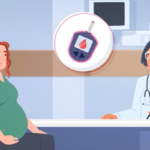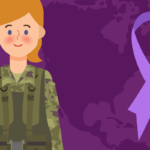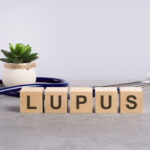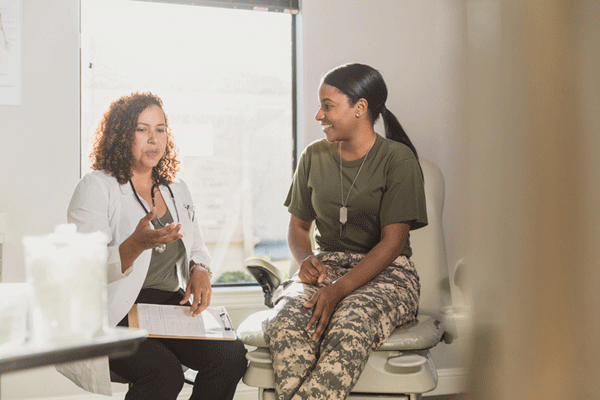If you don’t know about uterine fibroids, you should. They are the most common gynecological condition among women.
Uterine fibroids are lumps made of muscle cells and other tissues that grow in or around the wall of a woman’s uterus. These tumors can cause serious medical issues including heavy menstrual bleeding, debilitating pain and urinary symptoms. They aren’t cancerous and rarely interfere with pregnancy.
The lifetime prevalence of uterine fibroids exceeds 80 percent among black women and nearly 70 percent among white women. Black women have fibroids at younger ages and are more likely to have more or larger fibroids, along with more severe symptoms.
Fibroids account for one-third of all hysterectomies performed in the United States. More than 200,000 hysterectomies are done each year for uterine fibroids. And the annual direct U.S. health care costs exceeds $2.1 billion
Symptoms
Many women don’t have symptoms. In those that do, it’s influenced by the fibroid’s location, size and number. If you do have symptoms, common ones include pain, excessively heavy menstrual bleeding, pelvic pressure or pain, menstrual periods lasting more than a week, frequent urination, difficulty emptying the bladder, constipation, backache or leg pains, and infertility.
Cause
The cause of uterine fibroids is unknown. Some possible factors include genetic changes (fibroids often contain changes in genes different from normal uterine muscle cells) or hormones (the hormones estrogen and progesterone appear to promote fibroid growth).
Treatment
Many options exist for uterine fibroid treatment. Some women choose watchful waiting if they have no symptoms or only mildly bothersome symptoms. Medications can target hormones that regulate your period, treating symptoms like heavy bleeding and pelvic pressure. They don’t eliminate fibroids but they may shrink them.
Noninvasive procedures include an MRI-guided focused ultrasound surgery. It preserves your uterus, requires no incision and is done on an outpatient basis. Other minimally invasive procedures can destroy uterine fibroids without actually removing them. For example, myolysis is a laparoscopic procedure that destroys fibroids and shrinks the blood vessels that feed them. Traditional surgical procedures include a hysterectomy, or removal of the uterus. It’s the only proven permanent solution for uterine fibroids. However, it ends your ability to have kids and brings on menopause.
Help is here
Responsum Health, a creator of personalized patient newsfeeds and support platforms, and the Duke Clinical Research Institute, a leading academic research organization, recently announced a collaboration on improving the quality of life for women with uterine fibroids. They’re joined in this effort by The White Dress Project and CARE About Fibroids, two of the nation’s top uterine fibroids patient advocacy organizations.
They’ll develop a uterine fibroids patient-centered information portal. The web-based tool and app will provide trustworthy information while helping connect a nationwide community of patients. “What we’re doing is replacing patient Google searches for information and providing them with a curated comprehensive news service,” says Andrew Rosenberg, founder and CEO of Responsum Health. He says that a lot of what you’d find online about uterine fibroids is inaccurate and outdated. “We’re replacing that with a trustworthy search. You’ll have a curated and vetted web experience,” he says.
They’re also creating a community resource. Other health conditions like cancer have access to online communities. But none exists for the uterine fibroid community, despite how common it is. “Patients and loved ones can convene, share information and access support resources,” says Rosenberg. “This online community and information service will raise awareness and improve the capacity for women to make better choices about their lives, be better equipped for treatment options and learn how to live with this condition. We want women to have a better understanding of options that are available. You have to have a conversation with your healthcare provider from an informed position. This gives women a greater sense of control and awareness and puts them in a better emotional and mental place to deal with this health challenge.”















